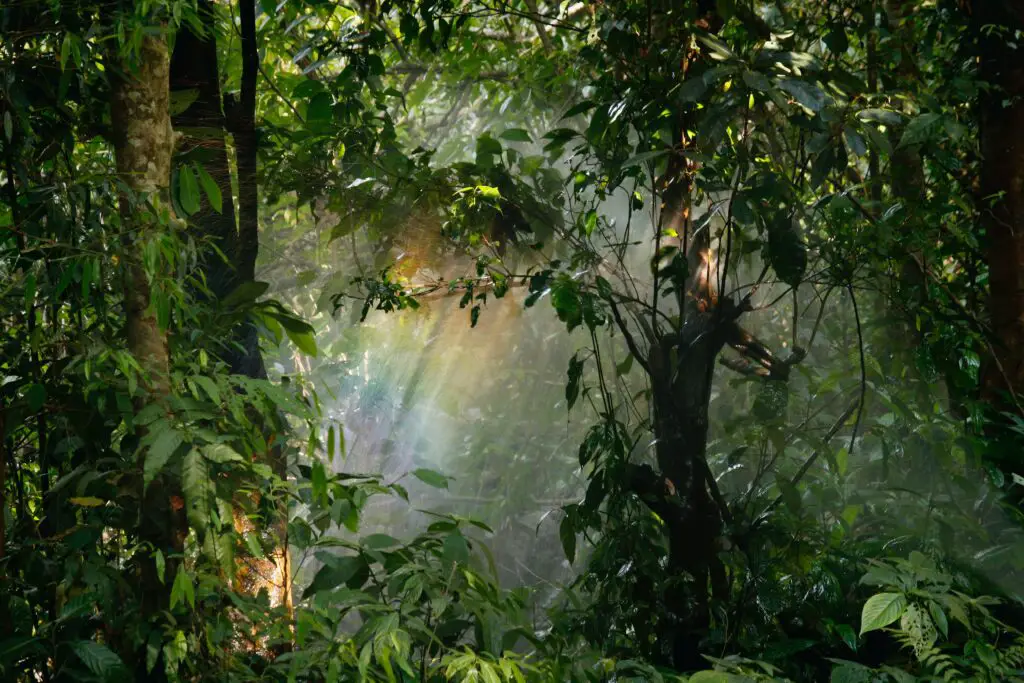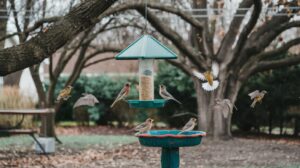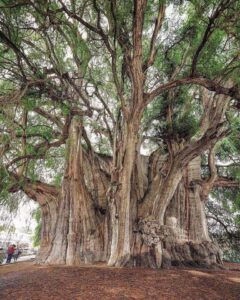As an avid nature lover, I’m always awestruck by the incredible beauty of our natural world. But I’ve often wondered, what is it that makes a sunset so stunning or a mountain vista so breathtaking? In this article, I’ll explore the fascinating science behind some of nature’s most wondrous sights. Delving into topics like optics, geology, biology, and more, we’ll uncover why a flower’s symmetry taps into our love for patterns and how atmospheric conditions create a painterly sky at sunrise.
I can’t wait to share my joy and curiosity about the processes that shape the beauty around us. Understanding the how only deepens my appreciation for the wow. So let’s dive into the magic and science behind nature’s magnificence!
The Science of Color in Nature
As a nature enthusiast, I find the vibrant colors in the natural world endlessly fascinating. There’s a scientific reason behind the bright blues of a morpho butterfly’s wings, the fiery orange of a monarch butterfly, and the deep red of a rose. ###Pigments and Structural Colors
Plants and animals get their colors from pigments, like chlorophyll (green) and carotenoids (yellow, orange, red). The specific pigments present determine an organism’s color. Some animals, like butterflies, also use structural colors that reflect light to produce bright blues and greens. Tiny scales on a butterfly’s wings reflect light in a way that makes them appear iridescent blue or green.
The color of a flower often depends on the type of pigments present and the pH of its petals. Anthocyanins produce reds and blues in acidic environments, while carotenoids produce yellows and oranges in alkaline environments. This is why hydrangeas can change color – the pH of the soil affects the pH of the petals! ###Color for Camouflage and Warning
Some animals use color as a form of camouflage to hide from predators. The spotted pattern of a leopard’s fur helps it blend into the dappled shade of the forest. Moths and other insects use camouflage to rest on surfaces that match their wing patterns.
In contrast, the bright colors of poisonous frogs and monarch butterflies act as a warning to predators of their toxicity. The contrasting orange and black pattern of the monarch is a signal that it tastes foul. These warning colors are a form of aposematism, where an animal’s appearance indicates it is dangerous or unpalatable.
From the dazzling iridescence of a peacock feather to the delicate veins of a leaf, nature employs color in endlessly creative ways.
There is art and science behind every hue in the natural world. By understanding the mechanisms plants and animals use to produce color, we can gain a deeper appreciation for the beauty around us.
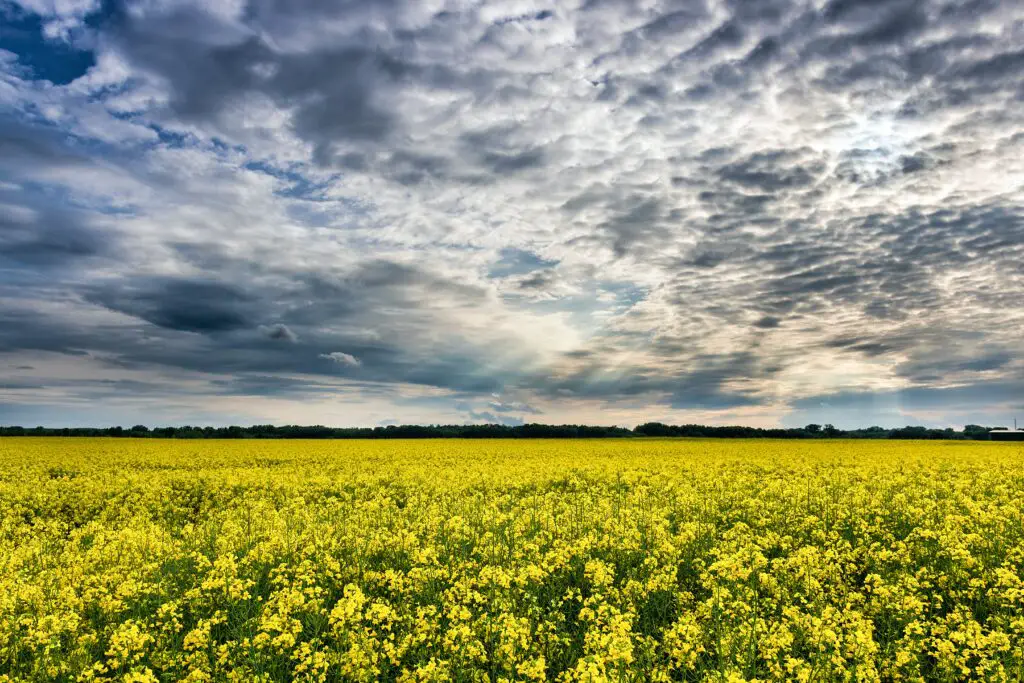
Symmetry and Patterns in the Natural World
There is beauty to be found in the symmetry and patterns that abound in nature. As an amateur naturalist, I find myself endlessly fascinated by the repetition of shapes, forms and designs in the world around me.
One of my favorite examples of natural symmetry is the hexagonal shape of honeycomb. Bees construct honeycombs with a series of hexagonal wax cells to store honey and larvae. The hexagon is one of the most efficient shapes for enclosing maximum space with minimum materials. This sublime structure can inspire hours of wonder in me.
Natural patterns, like spirals, also delight my senses. The spiral shape recurs throughout nature, from the arms of galaxies to the shells of snails. The Fibonacci sequence, where each number is the sum of the previous two, determines the spiral’s growth. Pine cones, sunflowers, and nautilus shells all exhibit the Fibonacci spiral. Gazing at their gradual expansion evokes a sense of continuity and the infinite.
Fractals, the endlessly repeating patterns found in nature, captivate me with their self-similarity at different scales. The branching in trees, the veins of leaves, river networks – all are fractals. Zoom in or out, and the pattern remains. Fractals remind us that there are universal principles of growth and form in the universe waiting to be discovered.
Symmetry, spirals, fractals – nature’s repetition of forms fills me with wonder and peace. In a world of chaos and disorder, these patterns are a reminder of the underlying order and harmony to be found in the natural world. They inspire in me feelings of spirituality and connect me to something greater than myself. I hope more people can find beauty, meaning and solace in nature’s elegant geometry.
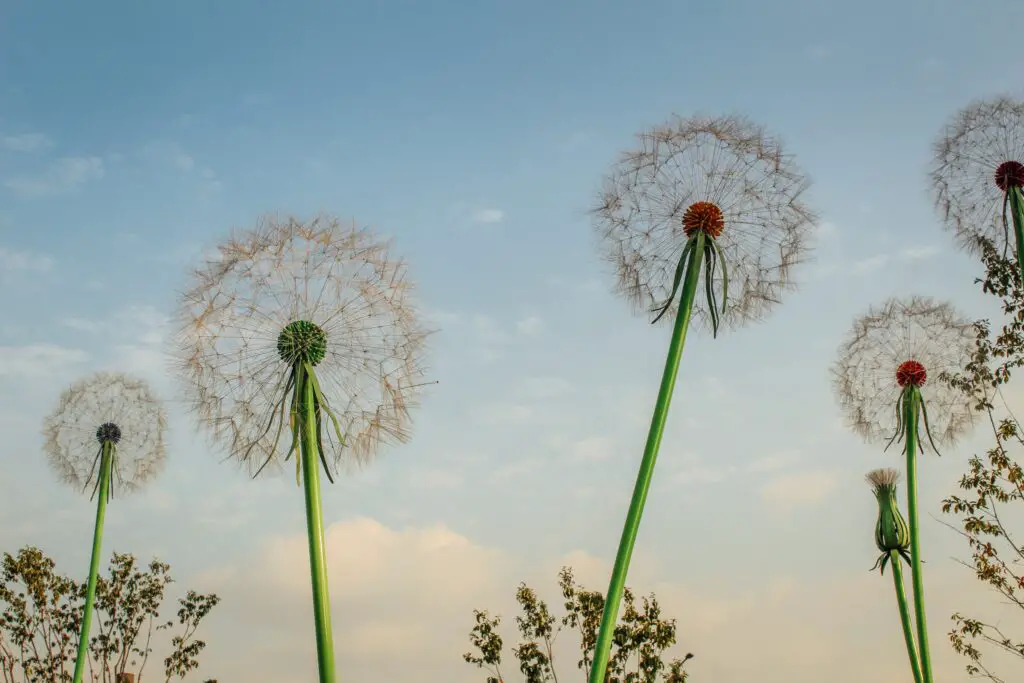
The Mathematical Secrets Behind Plants and Animals
I’m always amazed by the natural world around us. As an avid nature lover and recreational mathematician, I find there are so many fascinating connections between math and biology. Let me share a few of the mathematical secrets I’ve uncovered in plants and animals.
One of my favorite discoveries is the Fibonacci sequence in plants. This famous sequence of numbers – 0, 1, 1, 2, 3, 5, 8, 13, 21 – crops up over and over in the plant kingdom. The number of petals on flowers, the spiral patterns in sunflowers and pinecones, and the branching in trees – they all follow the Fibonacci sequence. Isn’t that incredible? Math really is everywhere in nature.
Animals also have their mathematical marvels. The spots and stripes on animals like leopards, zebras, and snakes are a perfect example. At first glance, they seem random, but scientists have found they actually follow precise mathematical patterns to optimize camouflage. The spacing and sizing of the markings are not arbitrary – they have an underlying geometric logic to them.
Even the flight of birds and insects shows mathematical skill. Researchers have found that birds and insects use a technique called optimal foraging theory to find food in the most efficient way. They plot their flight paths to maximize the amount of food collected while minimizing the energy expended. Talk about natural optimization algorithms!
From the shell of a nautilus to the spiral of a fern, math underlies so much of the beauty in our natural world. Once you start looking for these connections, you’ll find mathematical secrets in the most unexpected places. Our planet truly is a wonderland for anyone interested in the intersection of math and biology. I hope I’ve inspired you to get outside and discover some mathematical magic of your own!
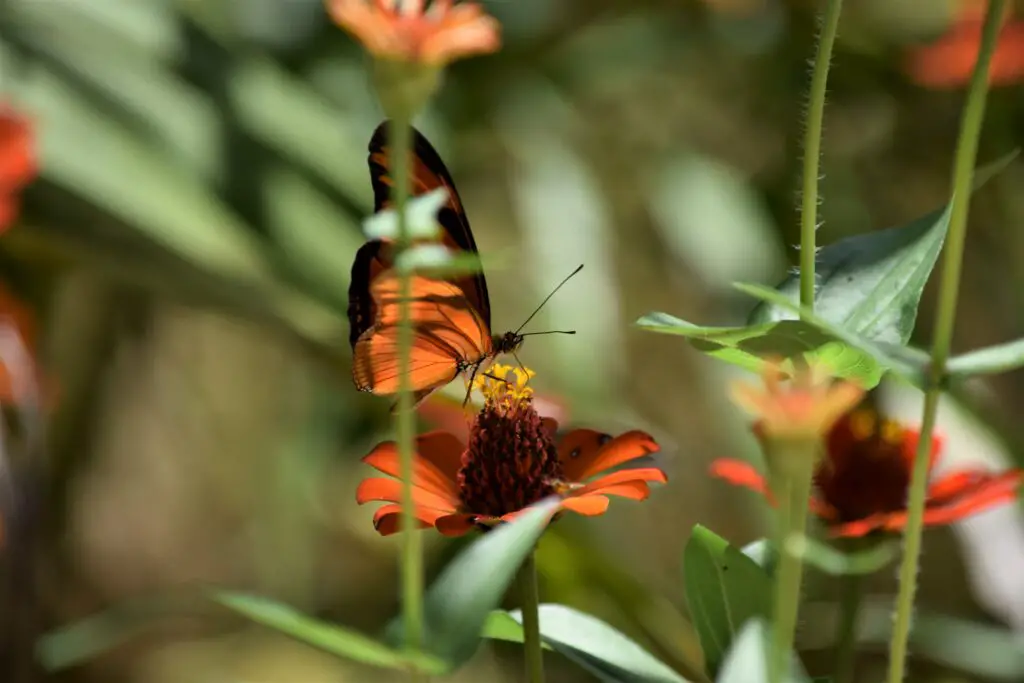
The Physics Behind Nature’s Grandeur
As an amateur scientist, I find endless delight in uncovering the physics behind the beauty and wonder in nature. The more I learn, the more I appreciate how nature’s designs are perfectly suited to their functions.
Take the iridescent colors we see in soap bubbles, oil slicks, and peacock feathers. These dazzling displays are examples of light interference, where wavelengths of light interact with microscopic surface structures.Slight variations in spacing of these structures create constructive interference for some wavelengths and destructive interference for others. The result is a shifting sea of vibrant colors.
Then there are the fractal patterns we find everywhere in nature, from coastlines to trees to rivers. Fractals are self-similar patterns that repeat at multiple scales. They maximize surface area and optimize resources. Fractals are a visual representation of an efficient design.
Gravity’s Rainbows
Even rainbows reveal nature’s artistry. As white light passes through water droplets, the wavelengths separate into the colors of the visible spectrum due to refraction. The water droplets act as tiny prisms, refracting light at different angles based on wavelength. The array of droplets reflects the light internally, dispersing it into the arc of color we know as a rainbow.
Nature’s designs employ geometry, mathematics, optics, and physics with an artistry far superior to anything humans have achieved. From the spiral of a nautilus shell to the soaring arc of a bird’s wing, nature merges function and beauty. By understanding the physics underlying nature’s grandeur, I gain a deeper appreciation for the ingenuity of life’s forms. My sense of wonder grows with each new discovery of how nature achieves such perfection in design.
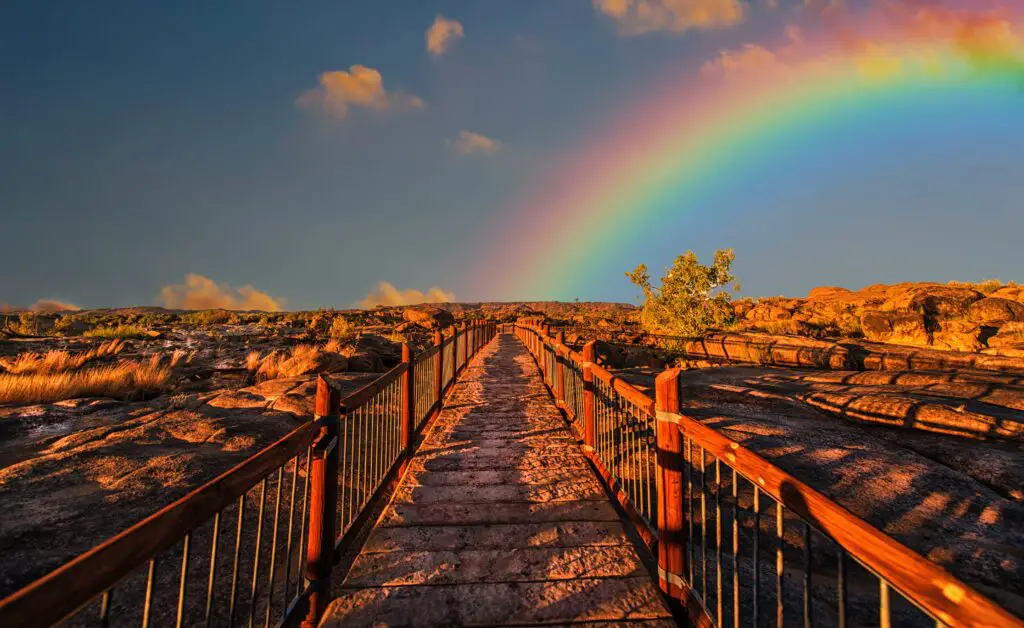
How Nature Inspires Scientific Discovery and Innovation
As an amateur naturalist, I find constant inspiration in the beauty and wonder of nature. There are so many amazing discoveries yet to be made by observing the natural world around us! Scientists across many fields have long studied nature to gain insights into new innovations and technologies.
By observing birds and insects in flight, engineers have gleaned principles that have informed designs for aircraft, spacecraft, and micro-drones. The hooked barbs on burdock burrs inspired the invention of Velcro fasteners. Spider silk is one of the strongest materials for its weight, inspiring scientists to develop strong, flexible polymer fibers.
Mimicking natural forms and systems, known as biomimicry, has led to many new materials and designs. The bumpy texture of sharkskin has inspired coatings that help reduce drag and improve aerodynamics. The pale but reflective color of polar bear fur has inspired the development of insulating materials. The spiral pattern of seashells has inspired stronger architectural designs.
Everywhere in nature we find examples of efficiency, resilience, and beauty. Pine cones and sunflowers demonstrate the Fibonacci sequence and golden ratio in their spirals. The hexagonal cells of bee honeycombs and the veins of leaves show how nature maximizes strength and efficiency. The iridescent colors of butterfly wings hold secrets we are only beginning to understand.
By observing nature with a sense of wonder and scientific curiosity, we can find clues and cues for new discoveries and innovations that could help solve many human challenges. Each creature and component of the natural world holds secrets we have only just begun to uncover. Immersing ourselves in the beauty of nature nourishes our spirit and imagination in ways that propel scientific progress. What could be more inspiring than that? The wonders of nature hold infinite possibilities for discovery!
Conclusion
Well, there you have it, my friends – the science behind the magnificent beauty of nature all around us! From the glorious golden sunrises to the delicate details of a flower petal, the natural world is filled with astonishing phenomena that can take our breath away. As a lover of the great outdoors and a bit of a science geek, learning more about the hows and whys behind nature’s splendor only makes me appreciate it even more. When I’m out hiking and pause to take in a particularly stunning landscape, I can’t help but marvel at the complex interplay of elements that came together to create that view.
It’s enough to make you want to happy dance right there on the mountainside! I don’t know about you, but understanding more of the science behind the scenes has made me fall even more in love with planet Earth and feel grateful to call it home. Now if you’ll excuse me, I see a gorgeous sunset calling my name! Let’s continue to explore and learn together – the beauty of nature is infinite, and so is its capacity to fill our souls with joy.
